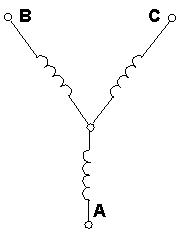bernie_carlton
Lifetime Supporting Member + Moderator
While I understand that the metal sheath is welded to the thermcouple itself, where does the ground connection appear within the voltage generated by the thermocouple?
To illustrate, if the voltage generated, at a given temperature is represented by a standard battery symbol is the ground connection at one of the two ends or somewhare in the middle?
There are lots of definitions of what a grounded thermocouple is I can't find a link which answers my question.
To illustrate, if the voltage generated, at a given temperature is represented by a standard battery symbol is the ground connection at one of the two ends or somewhare in the middle?
There are lots of definitions of what a grounded thermocouple is I can't find a link which answers my question.







